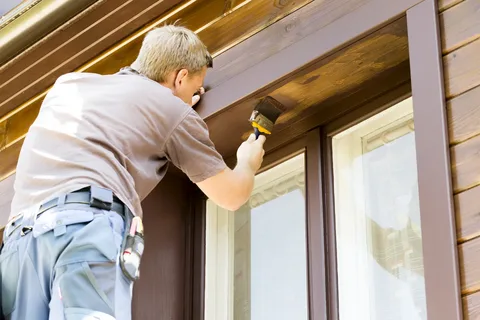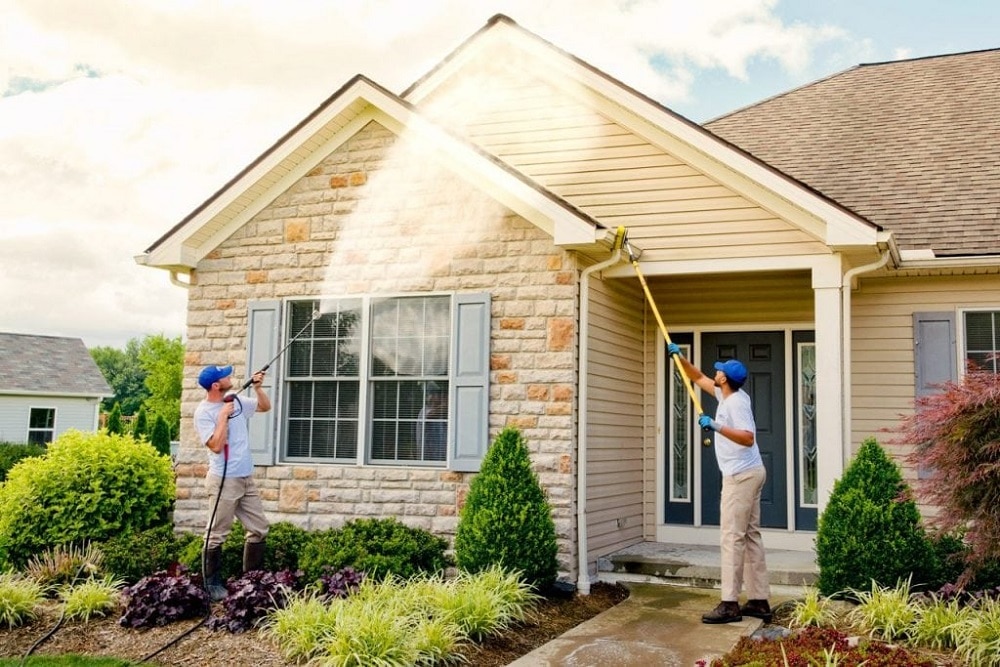Introduction
Enhancing the curb appeal of your home doesn’t always require major renovations. A fresh coat of paint can work wonders, transforming the exterior and giving your home a renewed and inviting look. In this guide, we’ll explore the steps to spruce up your home’s exterior with paint, bringing vibrancy and personality to your living space.
1. Assessing the Current Condition
Before diving into the painting process, assess the current condition of your home’s exterior. Look for peeling paint, cracks, or any signs of damage. Addressing these issues before painting ensures a smooth and long-lasting finish.
2. Choosing the Right Colors
Selecting the right colors is a crucial step in the process. Consider the architectural style of your home, the surrounding landscape, and your personal preferences. Opt for a combination that complements the existing elements while adding a fresh and modern touch.
3. Gathering Materials and Tools
Ensure you have all the necessary materials and tools before starting the project:
- Exterior paint in your chosen colors
- Primer
- Brushes and rollers
- Painter’s tape
- Drop cloths
- Ladders or scaffolding
- Sandpaper or a power washer for cleaning
4. Cleaning and Preparing Surfaces
Clean the exterior surfaces thoroughly to remove dirt, mildew, and any loose paint. Use a power washer or a mixture of water and mild detergent for cleaning. For areas with stubborn stains or mold, consider using a mixture of bleach and water. Allow the surfaces to dry completely.
5. Repairing and Priming
Address any cracks or holes in the surfaces by filling them with a suitable exterior filler. Sand the surfaces to create a smooth finish. Apply a primer to create a strong foundation for the paint and ensure better adhesion. This step is especially important for areas with bare wood or new surfaces.
6. Protecting Windows, Doors, and Fixtures
Use painter’s tape and drop cloths to protect windows, doors, fixtures, and any areas you don’t want to be painted. This careful preparation will save you time and effort in the cleanup process.
7. Choosing the Right Paint Finish
Selecting the right paint finish is essential for both aesthetic and practical reasons. Flat or matte finishes can hide imperfections but may be less durable. Satin and semi-gloss finishes are more resistant to moisture and easier to clean, making them suitable for exteriors.
8. Applying the Paint
Start with the trim and edges using a brush, and then move on to larger surfaces with a roller. Apply the paint evenly, working in small sections. Be mindful of the weather conditions; it’s best to paint on a dry day with mild temperatures to ensure proper drying.
9. Allowing Proper Drying Time
Resist the urge to touch or disturb the painted surfaces before they are fully dry. Follow the recommended drying times specified on the paint cans to ensure a professional finish.
10. Adding Accents and Details
Consider adding accents or details to elevate the visual appeal. This could include a contrasting color for the front door, shutters, or architectural details. These small touches can make a significant impact.
11. Regular Maintenance
After completing the painting project, prioritize regular maintenance to preserve the fresh look. Periodically inspect the exterior for any signs of wear, and touch up areas as needed. This proactive approach will extend the life of your paint job.
Conclusion
Sprucing up your home’s exterior with paint is a rewarding and cost-effective way to breathe new life into your living space. With careful preparation, the right materials, and a thoughtful color scheme, you can achieve a stunning transformation. Whether you opt for a classic look or something bold and modern, a well-executed paint job will enhance your home’s curb appeal and make a lasting impression.
Source Links:




